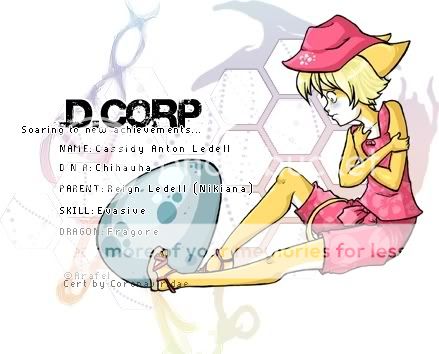
The Chihuahua is the smallest breed of dog in the world and is named after the state of Chihuahua in Mexico, where it was discovered in 1850. This dog has a compact body. Of great importance is the fact that his skull is apple-shaped and that he carries his moderately long tail very high, either curved or forming the shape of a semicircle with the tip pointing towards the loin region.
Chihuahuas are prized for their devotion, ferocity, and personality. Their curious nature and small size make them easily adaptable to a variety of environments, including the city and small apartments. Chihuahuas are often stereotyped as high-strung, though it has been shown that correct training and socialization can result in an outstanding companion animal.
Chihuahuas are not well-suited as small children's pets because of their size, temperament, and tendency to bite when frightened. It is recommended that children be school aged or older before adding a Chihuahua to one's home. Also, many Chihuahuas focus their devotion on one person, becoming overly jealous of that person's human relationships. This can be mitigated through socialization. Chihuahuas also tend to have a "clannish" nature, often preferring the companionship of other Chihuahuas over other dogs.
Chihuahuas seem to have no concept of their own size and may fearlessly confront larger animals, which can result in injury.
This breed requires expert veterinary attention in areas such as birthing and dental care. Chihuahuas are also prone to some genetic anomalies, often neurological ones, such as epilepsy and seizure disorders.
Chihuahuas, and other toy breeds, are also prone to the sometimes painful disease hydrocephalus. It is often diagnosed by the puppy having an abnormally large head during the first several months of life, but other symptoms are more noticeable (since "a large head" is such a broad description). Chihuahua puppies exhibiting hydrocephalus usually have patchy skull platelets rather than a solid bone, and typically are lethargic and do not grow at the same pace as their siblings. A true case of hydrocephalus can be diagnosed by a veterinarian, though the prognosis is grim.
Chihuahuas are also known for their moleras, a soft spot in their skulls. Chihuahuas are the only breed of dog to be born with an incomplete skull. The molera does fill in with age, but great care needs to be taken during the first six months until the skull is fully formed. Many veterinarians are not familiar with Chihuahuas as a breed, and mistakenly confuse a molera with hydrocephalus. The Chihuahua Club of America has issued a statement regarding this often deadly misdiagnosis.
Chihuahuas can also be at risk for hypoglycemia, or low blood sugar. Left unattended, hypoglycemia can lead to coma. Chihuahuas are also prone to eye infections due to their large, round, protruding eyes and their relatively low ground clearance. Chihuahuas also have a tendency to tremble but this is not a health issue, rather it takes place when the dog is stressed or excited. One reason for this may be because small dogs have a higher metabolism than larger dogs and therefore dissipate heat faster. Although figures often vary, as with any breed, the average lifespan for a Chihuahua is approximately 8 to 18 years of age.
Chihuahuas are sometimes picky eaters, and care must be taken to provide them with adequate nutrition. At the same time, care must be exercised not to overfeed this tiny breed. Overweight Chihuahuas are prone to joint injuries, tracheal collapse, chronic bronchitis, and shortened life span.

